
LOADING ...
In response to evolving domestic opinion, eMedals Inc has made the conscious decision to remove the presentation of German Third Reich historical artifacts from our online catalogue. For three decades, eMedals Inc has made an effort to preserve history in all its forms. As historians and researchers, we have managed sensitive articles and materials with the greatest of care and respect for their past and present social context. We acknowledge the growing sentiments put forth by the Canadian public and have taken proactive actions to address this opinion.
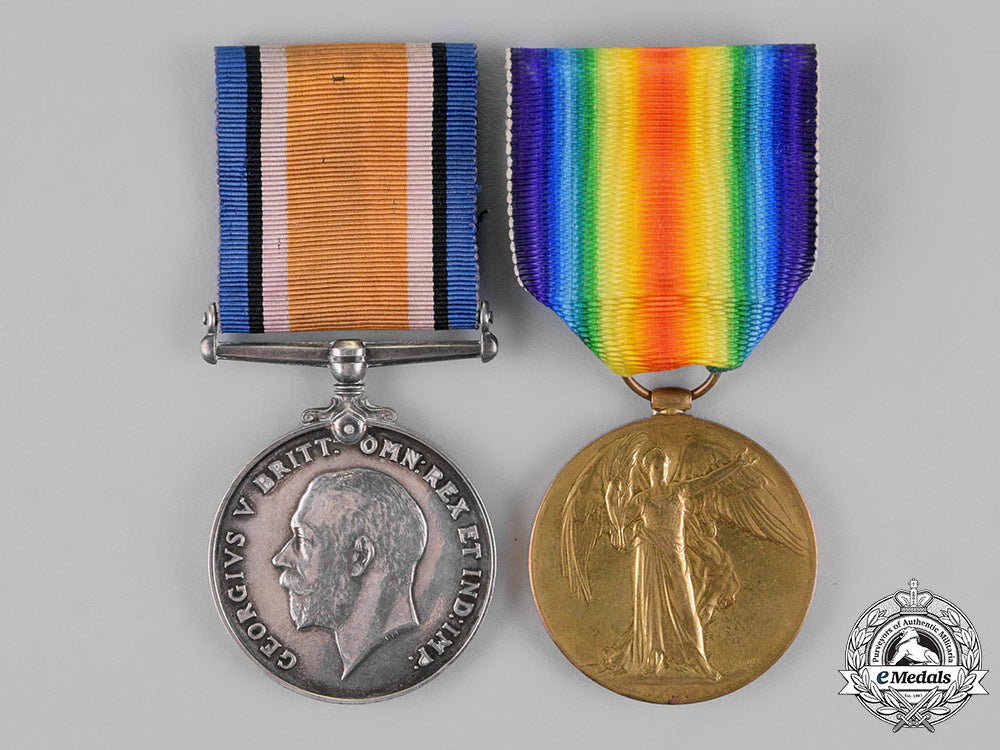
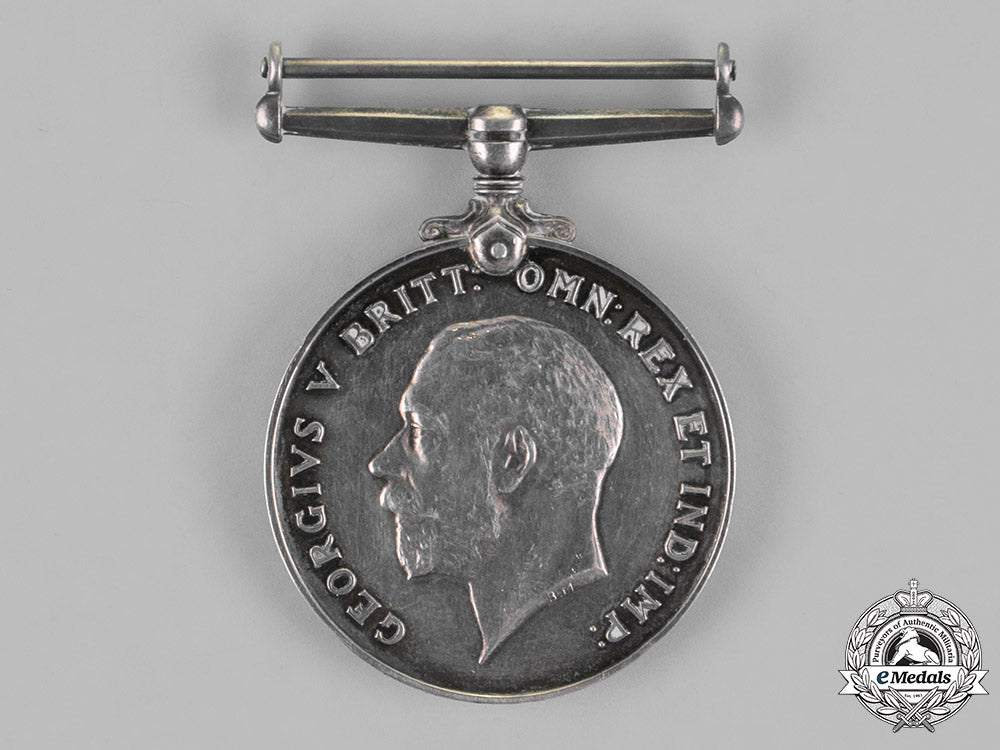
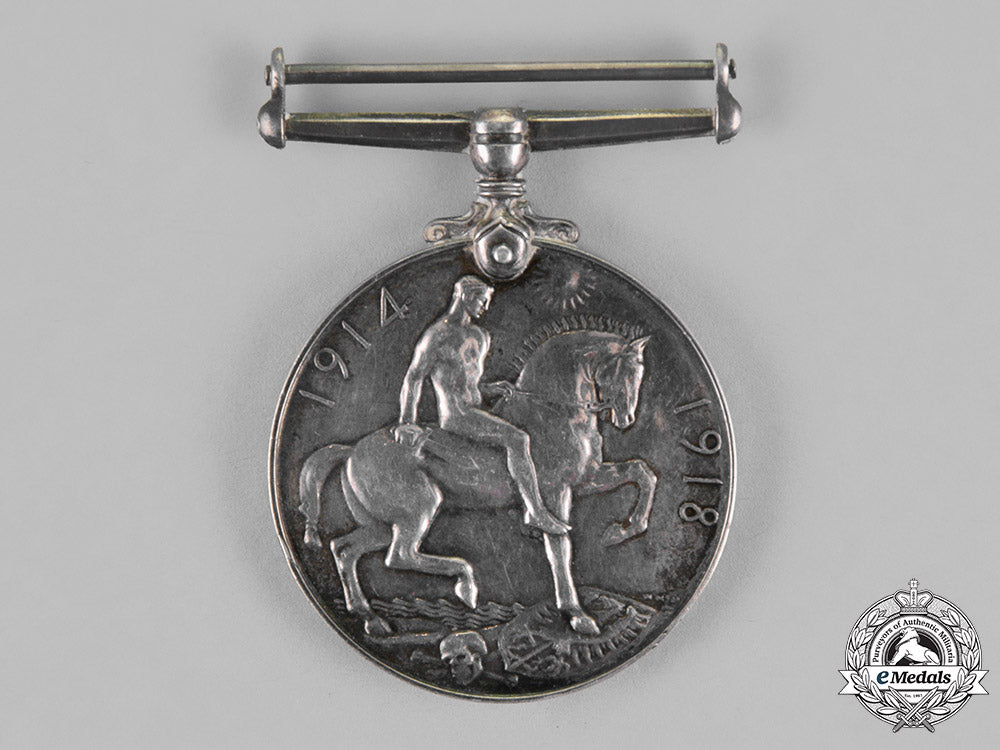
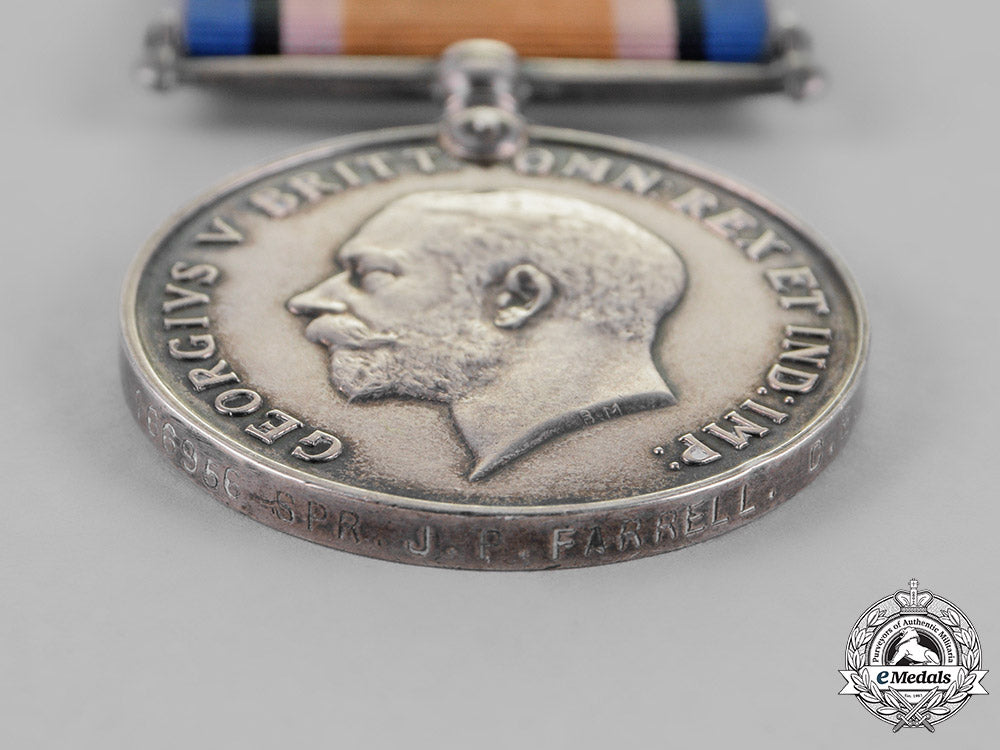
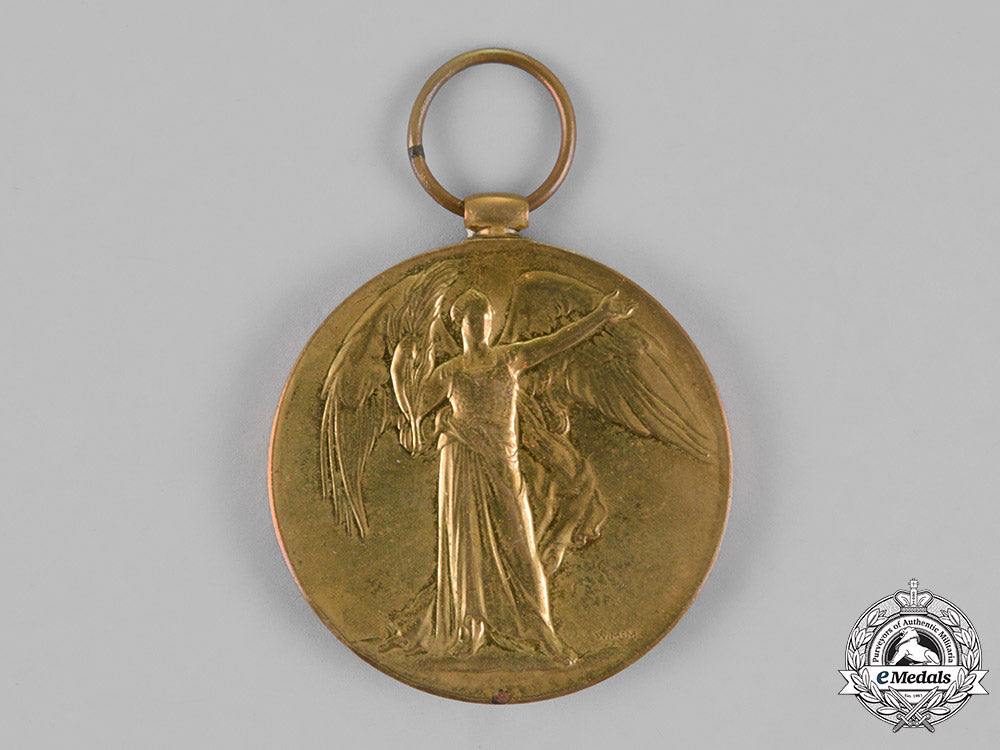

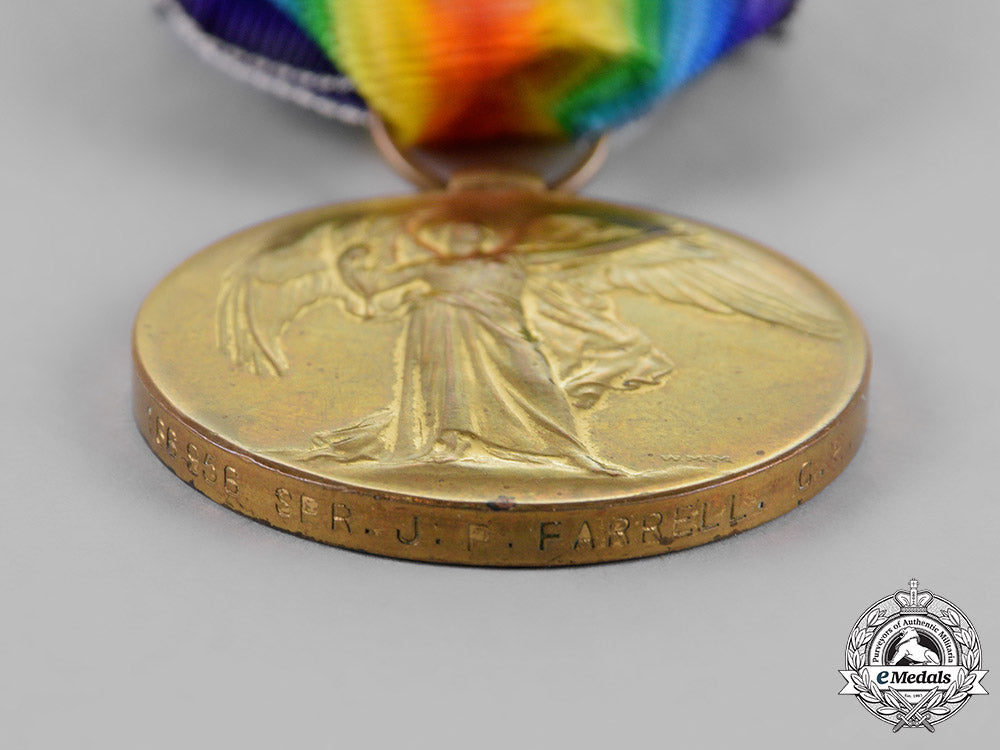
Canada. A Medal Pair, 2Nd Canadian Pioneer Battalion, Canadian Engineers
Canada. A Medal Pair, 2Nd Canadian Pioneer Battalion, Canadian Engineers
SKU: ITEM: C5125
Current Bid:
Your Max Bid:
Bid History:
Time Remaining:
Couldn't load pickup availability
Shipping Details
Shipping Details
eMedals offers rapid domestic and international shipping. Orders received prior to 12:00pm (EST) will be shipped on the same business day.* Orders placed on Canadian Federal holidays will be dispatched the subsequent business day. Courier tracking numbers are provided for all shipments. All items purchased from eMedals can be returned for a full monetary refund or merchandise credit, providing the criteria presented in our Terms & Conditions are met. *Please note that the addition of a COA may impact dispatch time.
Shipping Details
eMedals offers rapid domestic and international shipping. Orders received prior to 12:00pm (EST) will be shipped on the same business day.* Orders placed on Canadian Federal holidays will be dispatched the subsequent business day. Courier tracking numbers are provided for all shipments. All items purchased from eMedals can be returned for a full monetary refund or merchandise credit, providing the criteria presented in our Terms & Conditions are met. *Please note that the addition of a COA may impact dispatch time.
Description
Description
British War Medal (166956 SPR. J.P. FARRELL. C.E.); and Victory Medal (166956 SPR. J.P. FARRELL. C.E.). Naming is officially impressed, Un-mounted, edge nicks, contact marks, BWM with an original ribbon, the VM with a replacement ribbon, near very fine.
Footnote: John Patrick Farrell was born on March 15, 1887 in Smiths Falls, Ontario (also stated as nearby Perth, Lanark, Ontario). He signed his Attestation Paper as a Private (166956) with the 2nd Canadian Pioneer Battalion, on October 16, 1915 in Berlin (now Kitchener), Ontario, at the age of 28, naming his next-of-kin as his wife, Jennie Farrell of Berlin, stating that he had no previous military service, that he was Married, that his religion was Roman Catholic and that his trade was that of "Telephone & Telegraph". During his medical examination it was noted that he had a tattoo illustrating crossed hands on his left arm. Private Farrell's unit sailed on December 6, 1915, arriving in England on December 14th. Three months later, he left for overseas service in the French theatre on March 8, 1916, arriving in Le Havre on March 9th. Later that Summer, he was admitted to No. 4 Canadian Field Ambulance on August 30, 1916, diagnosed with "P.U.O."(Pyrexia of Unknown Origin = fever) and returned to duty the following day. Two weeks later, he was admitted to No. 4 Canadian Field Ambulance on September 15, 1916, then sent to the Divisional Rest Station the same day, with a gun shot wound to his left arm but it was later upgraded to "reported from base in error". He would seek hospitalization for a third time, as he was admitted to No. 5 Canadian Field Ambulance on December 1, 1916, then transferred and admitted to No. 18 Casualty Clearing Station with "suspected Appendicitis" the same day. After eighteen days treatment, he rejoined his unit on December 19th. His fourth visit to hospital, this time for "eye trouble", occurred on February 6, 1917, one that would last eight weeks, before rejoining his unit on April 3rd. His fifth hospitalization would last three days, admitted "sick", from June 15 to 18, 1917. Now in the rank of Sapper with the Canadian Engineers, Farrell was awarded one Good Conduct Badge on October 16, 1917. His sixth period of hospitalization would prove to be his longest. He was admitted to No. 1 Casualty Clearing Station on May 14, 1918, with "Urethritis NYD" (inflammation of the urethra, Not Yet Determined), as he was having pains in his back, along with frequent and painful urination. The following day, May 16th, Farrell was transferred and admitted to No. 18 General Hospital at Camiers, where he was diagnosed with "Cystitis" (inflammation of the bladder). He would be treated at Camiers for the next three weeks, before being invalided to England aboard the Hospital Ship Brighton on June 5, 1918. It was here that he was admitted to High Beach Hospital, Herne Bay, Kent on June 5th, a stay that would last five weeks, before he was transferred to the Canadian Convalescent Hospital, Monks Horton on July 10th, followed by another transferred nineteen days later to the Princess Patricia Canadian Red Cross Hospital, Cooden Camp at Bexhill on July 29th. This was followed by his admission to No. 4 Canadian General Hospital at Basingstoke on August 7th, where he would recuperate for the next seven weeks, before being discharged on September 26th, his sixth stint of hospitalization totalling 135 days (or just shy of twenty weeks), treated for his "Cystitis" at six different facilities. He had a medical examination at the 3rd Canadian Convalescent Depot at Seaford, where he was declared "Fit for Duty" on November 18, 1918, but as hostilities had ceased the week before his examination, it was determined that Sapper Farrell be returned to Canada. He was posted to Kinmel Park, Rhyl, North Wales for return to Canada on December 9, 1918 and sailed from Liverpool, England on December 12th. Sapper John Patrick Farrell, Canadian Engineers was discharged upon demobilization at No. 1 District Depot in London, Ontario, on January 22, 1919, credited with having served in Canada, England and France. For his First World War service, he was awarded the British War Medal and the Victory Medal.
Description
British War Medal (166956 SPR. J.P. FARRELL. C.E.); and Victory Medal (166956 SPR. J.P. FARRELL. C.E.). Naming is officially impressed, Un-mounted, edge nicks, contact marks, BWM with an original ribbon, the VM with a replacement ribbon, near very fine.
Footnote: John Patrick Farrell was born on March 15, 1887 in Smiths Falls, Ontario (also stated as nearby Perth, Lanark, Ontario). He signed his Attestation Paper as a Private (166956) with the 2nd Canadian Pioneer Battalion, on October 16, 1915 in Berlin (now Kitchener), Ontario, at the age of 28, naming his next-of-kin as his wife, Jennie Farrell of Berlin, stating that he had no previous military service, that he was Married, that his religion was Roman Catholic and that his trade was that of "Telephone & Telegraph". During his medical examination it was noted that he had a tattoo illustrating crossed hands on his left arm. Private Farrell's unit sailed on December 6, 1915, arriving in England on December 14th. Three months later, he left for overseas service in the French theatre on March 8, 1916, arriving in Le Havre on March 9th. Later that Summer, he was admitted to No. 4 Canadian Field Ambulance on August 30, 1916, diagnosed with "P.U.O."(Pyrexia of Unknown Origin = fever) and returned to duty the following day. Two weeks later, he was admitted to No. 4 Canadian Field Ambulance on September 15, 1916, then sent to the Divisional Rest Station the same day, with a gun shot wound to his left arm but it was later upgraded to "reported from base in error". He would seek hospitalization for a third time, as he was admitted to No. 5 Canadian Field Ambulance on December 1, 1916, then transferred and admitted to No. 18 Casualty Clearing Station with "suspected Appendicitis" the same day. After eighteen days treatment, he rejoined his unit on December 19th. His fourth visit to hospital, this time for "eye trouble", occurred on February 6, 1917, one that would last eight weeks, before rejoining his unit on April 3rd. His fifth hospitalization would last three days, admitted "sick", from June 15 to 18, 1917. Now in the rank of Sapper with the Canadian Engineers, Farrell was awarded one Good Conduct Badge on October 16, 1917. His sixth period of hospitalization would prove to be his longest. He was admitted to No. 1 Casualty Clearing Station on May 14, 1918, with "Urethritis NYD" (inflammation of the urethra, Not Yet Determined), as he was having pains in his back, along with frequent and painful urination. The following day, May 16th, Farrell was transferred and admitted to No. 18 General Hospital at Camiers, where he was diagnosed with "Cystitis" (inflammation of the bladder). He would be treated at Camiers for the next three weeks, before being invalided to England aboard the Hospital Ship Brighton on June 5, 1918. It was here that he was admitted to High Beach Hospital, Herne Bay, Kent on June 5th, a stay that would last five weeks, before he was transferred to the Canadian Convalescent Hospital, Monks Horton on July 10th, followed by another transferred nineteen days later to the Princess Patricia Canadian Red Cross Hospital, Cooden Camp at Bexhill on July 29th. This was followed by his admission to No. 4 Canadian General Hospital at Basingstoke on August 7th, where he would recuperate for the next seven weeks, before being discharged on September 26th, his sixth stint of hospitalization totalling 135 days (or just shy of twenty weeks), treated for his "Cystitis" at six different facilities. He had a medical examination at the 3rd Canadian Convalescent Depot at Seaford, where he was declared "Fit for Duty" on November 18, 1918, but as hostilities had ceased the week before his examination, it was determined that Sapper Farrell be returned to Canada. He was posted to Kinmel Park, Rhyl, North Wales for return to Canada on December 9, 1918 and sailed from Liverpool, England on December 12th. Sapper John Patrick Farrell, Canadian Engineers was discharged upon demobilization at No. 1 District Depot in London, Ontario, on January 22, 1919, credited with having served in Canada, England and France. For his First World War service, he was awarded the British War Medal and the Victory Medal.







You May Also Like
Japan, Empire. A T90 Civil Defense Helmet, c.1943
W8287
Germany, SA. A Model 1933 Service Dagger, SA-Gruppe Nordsee, by Friedrich von der Kohlen
G59818
Germany, SA. A Model 1933 Service Dagger, SA-Gruppe Pommern, by Gustav Wirth
G59816
Germany, Third Reich. A Mixed Lot of Tyrolean Marksmanship Badges
G52930
Germany, SS. An Estonian Waffen-SS Volunteer’s Sleeve Shield
G50381
-
Japan, Empire. A T90 Civil Defense Helmet, c.1943
W8287
Add to CartRegular price $275 USDRegular price $0 USD Sale price $275 USDUnit price / per -
Germany, SA. A Model 1933 Service Dagger, SA-Gruppe Nordsee, by Friedrich von der Kohlen
G59818
Add to CartRegular price $980 USDRegular price $0 USD Sale price $980 USDUnit price / per -
Germany, SA. A Model 1933 Service Dagger, SA-Gruppe Pommern, by Gustav Wirth
G59816
Add to CartRegular price $980 USDRegular price $0 USD Sale price $980 USDUnit price / per -
Germany, Third Reich. A Mixed Lot of Tyrolean Marksmanship Badges
G52930
Add to CartRegular price $135 USDRegular price $0 USD Sale price $135 USDUnit price / per -
Germany, SS. An Estonian Waffen-SS Volunteer’s Sleeve Shield
G50381
Add to CartRegular price $150 USDRegular price $0 USD Sale price $150 USDUnit price / per
Do you have a similar item you are interested in selling?
Please complete the form and our client care representatives will contact you.
Sell Item


















